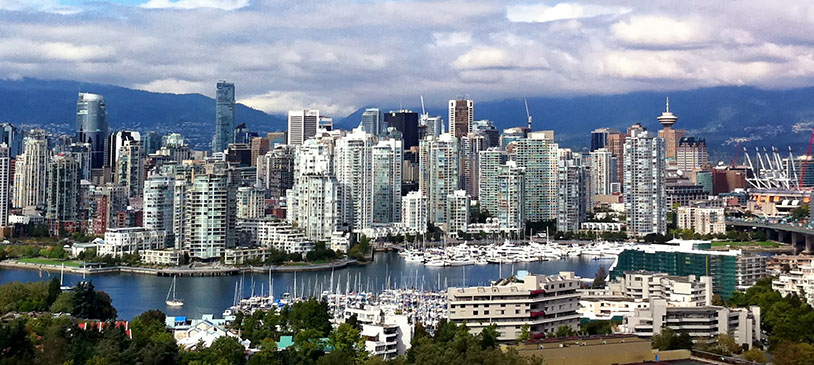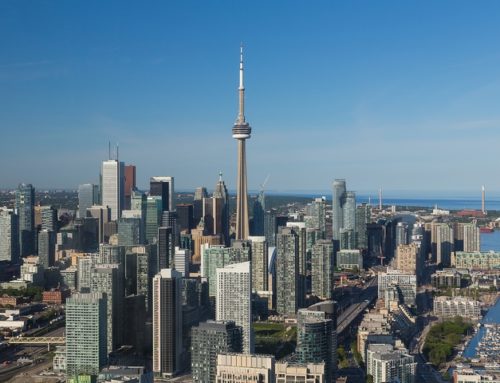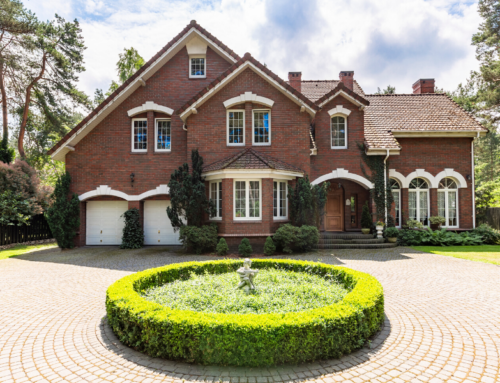Lacklustre Cannabis Market, trade tensions hurt 2019 Commercial Market
Yet, anticipated improvements on both fronts bode well for market in 2020
Despite the expectations of cannabis carrying the commercial market in the West to new highs in 2019, the sector has fallen short, especially the limited retail roll out in British Columbia. As a result, regions like Greater Vancouver, poised to become a cannabis hot spot in 2019, has experienced a year-over-year decrease in total dollar value of 69 per cent across all commercial property types.
“While we anticipated the legalization of cannabis to drive prices and sales up in the commercial real estate market this year, a variety of factors including overall supply, stigmas, approval times and licensing restrictions have impeded commercial property growth across Western Canada – particularly in British Columbia,” says Elton Ash, Regional Executive Vice President, RE/MAX of Western Canada. “Despite the pressures, we’re starting to see the market steady and 2020 looks more promising.”
Commercial markets like Regina, Edmonton and Calgary have also been plagued by ongoing economic short falls, including falling oil and gas prices and sub-par performance in the farming industry as a result of global trade disputes. This has resulted in lower levels of activity, deflated prices and higher vacancy rates.
In contrast, Saskatoon has been able to weather the tough economic conditions seen in the rest of the region over the past year with out-of-province investors taking advantage of lower prices.
“Commercial markets in the prairies and in Alberta are still not out of the woods yet. Economic recovery across the region is taking much longer than anticipated, negatively impacting the commercial property market,” says Ash. “While we anticipate modest growth in 2020, uncertainty such as global trade disputes, and oil fluctuations will continue to loom over the region.”
Greater Vancouver
One year into the legalization of cannabis and Greater Vancouver’s retail landlords have found it difficult to get traditional commercial financing due to reluctance among banks. While attitudes towards cannabis have relaxed, cannabis retail locations still carry some stigma in the mainstream commercial market.
Co-working space has experienced a surge in popularity with up to 1.5 million square footage in Vancouver being either occupied or under construction – a 250 per cent increase since 2014. This is especially true for shared office space and warehousing for retailers. Vancouver’s retail landlords have found it difficult to get traditional commercial financing in the region due to concerns over high risk.
Okanagan
Kelowna only has one cannabis retailer, with six more seeking provincial approval before they can open their doors. However, the retail performance is expected to take off in 2020, with Okanagan College now offering training programs in Cannabis and the province’s Liquor & Cannabis Regulation Branch looking to set up shop in the Westbank Towne Centre Mall.
Kelowna and the Okanagan have also become attractive alternatives to buyers who find themselves increasingly priced out of the Vancouver market. These buyers typically include local investors, owner-occupiers and larger institutional buyers. The speculation tax has affected interest from offshore and foreign buyers.
Looking further into 2020, developers are eyeing bigger mixed-use complexes with higher densities to maximize the potential of each property. Investors are waiting for new property supply across all commercial sectors.
Edmonton
The cannabis industry initially took off in Edmonton, spurring industrial building as well as retail and office leasing activity. The retail market has since dialed back a little as producers concentrate on providing adequate supply and achieve sustainable cash flow. Larger players are looking to establish permanent market presence as they anticipate the legalization of edibles.
Co-working spaces account for approximately five per cent of the overall commercial market. This business model is expected to grow to 10 to 15 per cent of the overall commercial market by 2030. Newer office towers in the downtown core are sought by global pension funds. Well-located retail and mixed-use projects are also seeing strong interest.
Looking forward into 2020, overall sales are expected to be slightly down from 2019, with tenants in the oil and gas sectors hoping for increased recovery.
Calgary
Calgary is still being impaired by the ongoing downturn of the oil and gas industry. Demand that was initially seen in 2018 for retail cannabis locations has fallen. The industrial market continues to be strong and relatively stable with the increase in demand for more affordable logistic supply management.
Buyer types have shifted to more sophisticated commercial buyers with the staying power to weather the remainder of Calgary’s downturn, knowing that they are getting a great asset at a discounted price. The shift from a frenzied retail market to larger more sophisticated buyers and investors looking to set up cannabis production facilities is a good example of this trend.
Looking further into 2020, Calgary will experience modest growth in all segments of commercial real estate.
Regina
Regina is seeing low levels of activity and decreasing prices and rates, which, when combined with more business closures and a higher-than-normal foreclosure rate, leads to some uncertainty in the commercial market.
While there are some attractive opportunities for buyers, investors are few and far between and values are shrinking. Vacancy rates have increased year-over-year from two to five per cent and it is even higher in some areas. Demand is limited.
Interest in cannabis retails stores was originally quite high, but limited licencing by the government didn’t create the big market that was anticipated. Economic factors, including the falling oil and gas industry and the sub-par performance of the farm industry due to poor weather conditions and trade tensions with China, are taking its toll.
Saskatoon
In contrast to Regina, the Saskatoon commercial real estate market has weathered the tough economic conditions over the past year, including manufacturing, agricultural, construction and service sectors. Demand for commercial properties continues to be driven by a mix of out-of-province investors and Institutional investment taking advantage of lower prices.
The city’s retail sector has cooled from 2018 as a result of new retail developments creating more inventory than demand. Vacancy rates are moderate at almost five per cent. This trend is anticipated to continue in 2020 as several of the projects are expected to be completed next year, such as the redevelopment of the former Sears retail location in Midtown Plaza being re-leased to Shoppers Drug Mart and Mountain Equipment Co-op.
Buyers expected to drive the market in 2020 include private investors and institutional buyers looking to take advantage of lower pricing and better cap rate.
Winnipeg
Co-working spaces in Winnipeg, particularly those offered by Regus, are becoming more popular. The company offers space out of two sites. The struggle in Winnipeg’s office market continues as vacancy rates have notched up since the development of True North Square. Inducements have increased and landlords are reinvesting in their properties to make them more attractive. There has been significant investment activity in the apartments sector as investors continue to look for stable income sources. Industrial properties are also in high demand.
Buyer types include REITs, pension funds, private equity players and private individuals. As cap rates continue to see pressure move down in the primary Canadian markets, Winnipeg is expected to see robust interest as it features higher cap rates and stable market conditions.
Looking forward, Winnipeg will continue to enjoy strong demand for its commercial property space due to its diversified economy positive net migration and the resulting steady growth in the Capital region.









